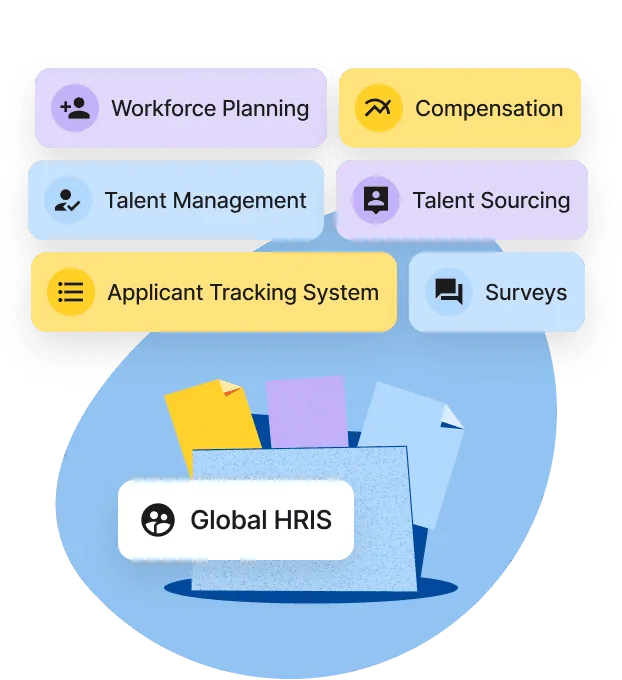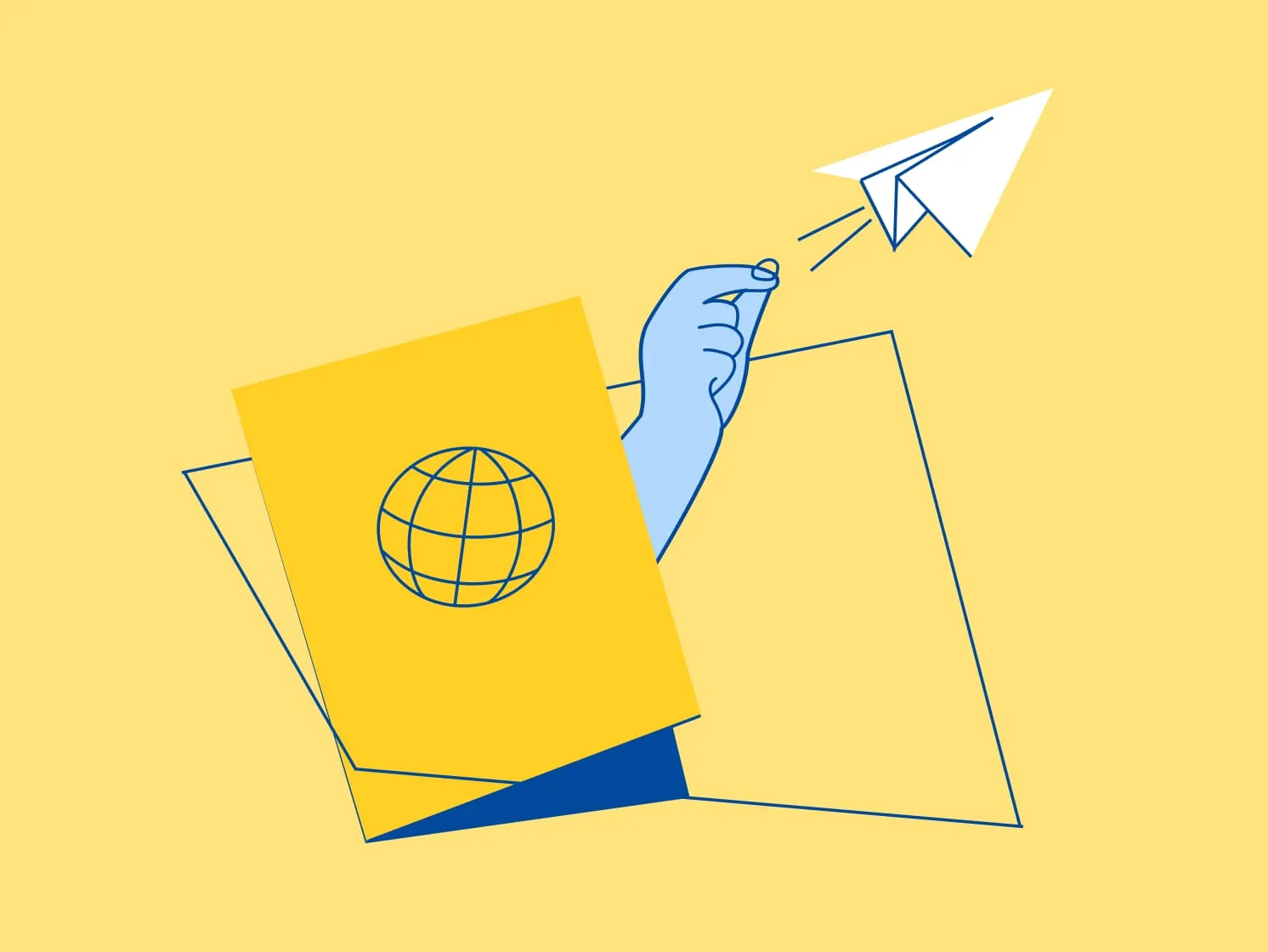Why AI Alone Won’t Fix Your Processes: How Tools and Teams Work Together
Author
Brandon Keller
Last Update
May 04, 2025
Published
April 12, 2023

Table of Contents
Table of Contents
About the author
Alice Burks is the Director of People Success at Deel. She has a passion for transforming the workplace, and is dedicated to creating a new world of work where individuals have access to the best global opportunities and organizations can connect with top-tier talent.
AI is everywhere in business tools—whether you’ve actively sought it out or not. Project management platforms promise smarter automation. CRM systems claim predictive insights. Email platforms boast AI-driven follow-ups.
But here’s the truth most teams discover after implementation: AI won’t magically fix broken processes.
At ToolAdvisor, we’ve worked with thousands of teams evaluating software. A common pattern? Teams adopting AI-powered features only to find their workflows still clunky, collaboration still misaligned, and productivity gains underwhelming.
AI can enhance good processes—but it rarely rescues bad ones. Here’s how smart teams align tools, processes, and people to actually improve how they work.
The AI promise vs. everyday business reality
The marketing for AI in business software is compelling: automate repetitive tasks, unlock data-driven insights, simplify decision-making.
And to be fair, AI has come a long way. Tools now suggest next actions, generate draft reports, and predict pipeline outcomes.
But tools can’t:
- Define your business priorities
- Align your team’s communication habits
- Replace clear accountability structures
- Solve gaps in your processes
Without these fundamentals, even the most sophisticated AI features become underutilized—or worse, create confusion.
Why process still beats technology
Software amplifies existing habits. If your team has clear workflows, shared goals, and disciplined processes, AI accelerates performance.
If those foundations are missing, AI introduces noise:
- Automated insights get ignored
- Predictive recommendations feel random
- Team members override AI suggestions
- Data outputs don’t map to real needs
Teams that see results from AI-powered tools usually invest heavily in defining how they work—before expecting tech to solve it for them.
The rise of AI features in popular tools
Over the last two years, AI capabilities have quietly reshaped everyday platforms:

Project Management: Tools like ClickUp and Asana now suggest next steps, summarize project updates, and highlight risks based on patterns.

Sales & CRM: Platforms like HubSpot and Pipedrive predict lead scores, suggest follow-ups, and auto-generate email drafts.

Document & Collaboration: Notion, Google Docs, and Microsoft 365 embed AI writing assistants and content suggestions.

Customer Support: Platforms like Intercom or Zendesk use AI to triage tickets and provide response recommendations.
These features can speed up tasks—but without clear process discipline, teams often misuse or underutilize them.
A key takeaway for you: Even without a platform like Deel, any company can create this kind of clarity. Start with a shared RACI or even a basic checklist. What matters most is that ownership is visible, and people know their role in delivering a great experience.
Common misconceptions about AI-powered software

Myth 1: AI replaces human decision-making
Reality: AI enhances information but rarely makes judgment calls in complex workflows.

Myth 2: AI features guarantee better results
Reality: Outcomes still depend on team habits, clear objectives, and proper tool setup.

Myth 3: AI reduces the need for onboarding or process training
Reality: Teams still need structured adoption, process alignment, and feedback loops.
Buying AI-powered tools without refining internal workflows often results in feature fatigue, low adoption, and lost ROI.
A key takeaway for you: None of these actions require a big budget—but they do require intention. A short Loom, a Slack message, or a team coffee can leave a lasting impression.
How AI enhances—but doesn’t replace—your workflows
Used properly, AI augments team efficiency by:
- Automating routine, low-value tasks
- Surfacing hidden trends or risks
- Providing real-time suggestions based on data patterns
- Reducing manual steps in reporting or documentation
But AI relies on:
- Clean, consistent data inputs
- Clear process ownership
- Aligned team expectations
- Ongoing process refinement
Without these, even advanced AI becomes clutter.
A key takeaway for you: Even in a scrappy setup, this kind of behind-the-scenes clarity is possible:
Use one doc or tool to track onboarding ownership by function
Share a timeline with key tasks and touchpoints
Flag blockers clearly (e.g., device not provisioned, contract not signed).
Practical steps for blending AI tools with team habits
Audit your workflows
Before adopting AI features, assess where your processes succeed or fail. AI won’t fix fundamental misalignment.
Clarify roles and responsibilities
Ensure your team knows who owns what—AI can suggest next steps, but accountability remains with your people.
Start with one focused AI feature
Instead of overwhelming the team, introduce one AI-driven capability (e.g., AI-generated task summaries) and measure impact.
Gather feedback continuously
AI evolves—so should your process. Encourage the team to surface confusion, resistance, or unmet needs.
Pair AI with process champions
Empower internal leads to bridge the gap between tool features and team execution.
Key takeaway for you: Automate the admin so your team can show up live for the moments that matter. No tool can replace human warmth, even over Zoom.
Key takeaways
If you’re just starting out, start small:
Use one doc to define onboarding roles by team
Give managers a simple first-week checklist
Redesign orientation to create conversation, not just compliance.
When you do these things, you’ll find that onboarding isn’t just about getting people up to speed. It’s about setting the tone for how your company works together—and who it’s for. Because onboarding done right isn’t just a process. It’s a first impression of your culture in action.
- AI is transforming business tools—but it can’t replace clear processes.
- Technology amplifies good habits, but exposes weak workflows.
- Teams that succeed with AI align their tools, processes, and people intentionally.
- AI features are valuable—but require structure, training, and feedback to deliver real ROI.
- Smart adoption focuses on gradual rollout, clear ownership, and measurable impact.
Explore smarter tools with ToolAdvisor
At ToolAdvisor, we help small teams cut through complexity and evaluate software that fits—not just based on features, but on how your team actually works.
Our curated comparisons, expert insights, and practical guides ensure AI-powered tools align with your processes—not disrupt them.Looking for a better way to navigate new software?
Explore smarter options with ToolAdvisor today.
Deel HR
All-in-one HR management solution for global teams
Deel HR brings everything together—planning, hiring, performance, compensation, and more—so you can manage your global workforce in one intuitive system. Onboard in minutes, automate tasks, and stay compliant in 150+ countries.

More resources
1. How Long Should Onboarding Take? Best Practices and Ideal Timeline
2. How to Make Onboarding More Engaging: 17 Fun Onboarding Ideas
3. How to Use AI in Employee Onboarding: 7 Key Use Cases to Drive Success
4. 11 Companies with the Best Onboarding Programs: Find Inspiration for Your Strategy
5. How Google Onboards New Hires (And How You Can Easily Replicate It)
About the author
Brandon Keller is a workflow consultant and technology researcher at ToolAdvisor. He specializes in helping growing teams bridge the gap between software capabilities and everyday execution.









